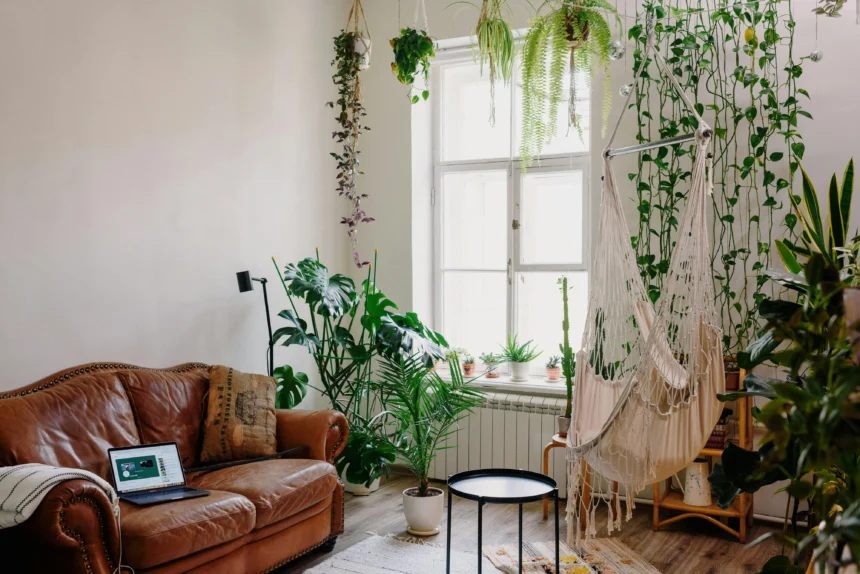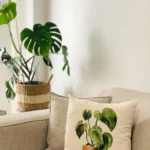Plants have a magical way of turning a house into a home. They infuse any space with life, fresh air, and serenity. The downside is that indoor plant enthusiasts often face the challenge of finding room for their growing collection. Enter indoor plant hangers stylish and practical solutions that allow you to display your favorite plants while saving precious floor space.
Indoor plant hangers not only provide functional support but also offer an aesthetic upgrade to any décor style. Whether you’re aiming for modern minimalism or boho chic, there’s an indoor plant hanger for every taste. Let’s dive into how these hangers can elevate both space and style.
2. Why Use Indoor Plant Hangers?
They’re more than decorative accents they serve functional purposes and solve many challenges for plant owners. Here’s why indoor plant hangers should be part of your plant care routine:
2.1 Save Space in Style
The most obvious benefit is the ability to save floor space. Whether you live in a small apartment or a large house, the vertical space in your rooms is often underutilized. Hanging your plants frees up valuable surface space while keeping lush greenery in sight.
2.2 Healthier Plants
By raising your plants, you allow for better air circulation, which can prevent mold, mildew, and pests. Hanging plants also keep them out of reach from pets and children.
2.3 Improved Natural Light
Indoor plants require sunlight, and finding the right spot for sufficient sunlight can be tricky. With indoor plant hangers, you can easily position your plants closer to windows for better light exposure.
2.4 Various Design Possibilities
From macramé hangers to sleek metal designs, indoor plant hangers are versatile and adaptable to any style. Mix and match hangers to create an eclectic, curated look.
3. Types of Indoor Plant Hangers
Indoor plant hangers vary in style, material, and design. The right choice depends on your preferences and the space available. Let’s explore some popular types:
3.1 Macramé Plant Hangers
Macramé hangers bring a bohemian charm with their intricate, handcrafted designs. Made from knotted rope, they are durable and perfect for adding texture to your décor.
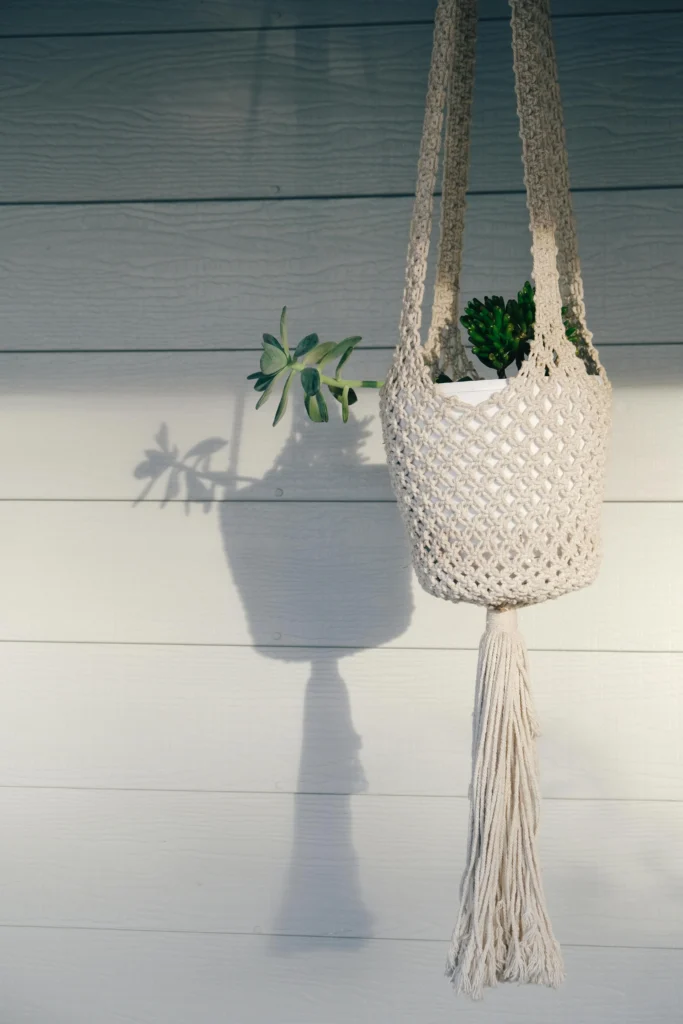
3.2 Metal Indoor Plant Hangers
Sleek and minimalist, metal plant hangers are great for those who prefer modern aesthetics. They come in finishes like brass, copper, and matte black, often featuring geometric shapes for a contemporary touch.
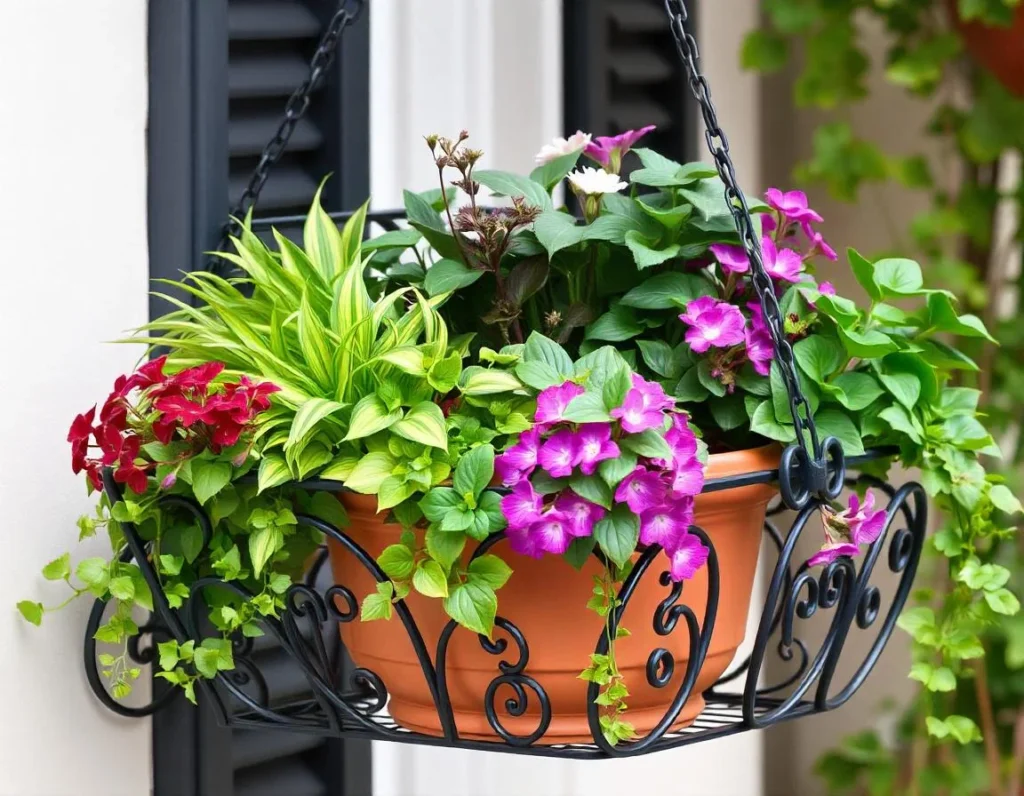
3.3 Wall-Mounted Plant Hangers
If ceiling space is limited, wall-mounted plant hangers are a great alternative. They create a vertical garden without taking up floor space, perfect for succulents, ferns, and trailing vines.

3.4 Hanging Planter Pots
These traditional pots with attached chains or ropes are simple and functional. Available in materials like terracotta, ceramic, and plastic, they can house larger plants with sprawling roots.
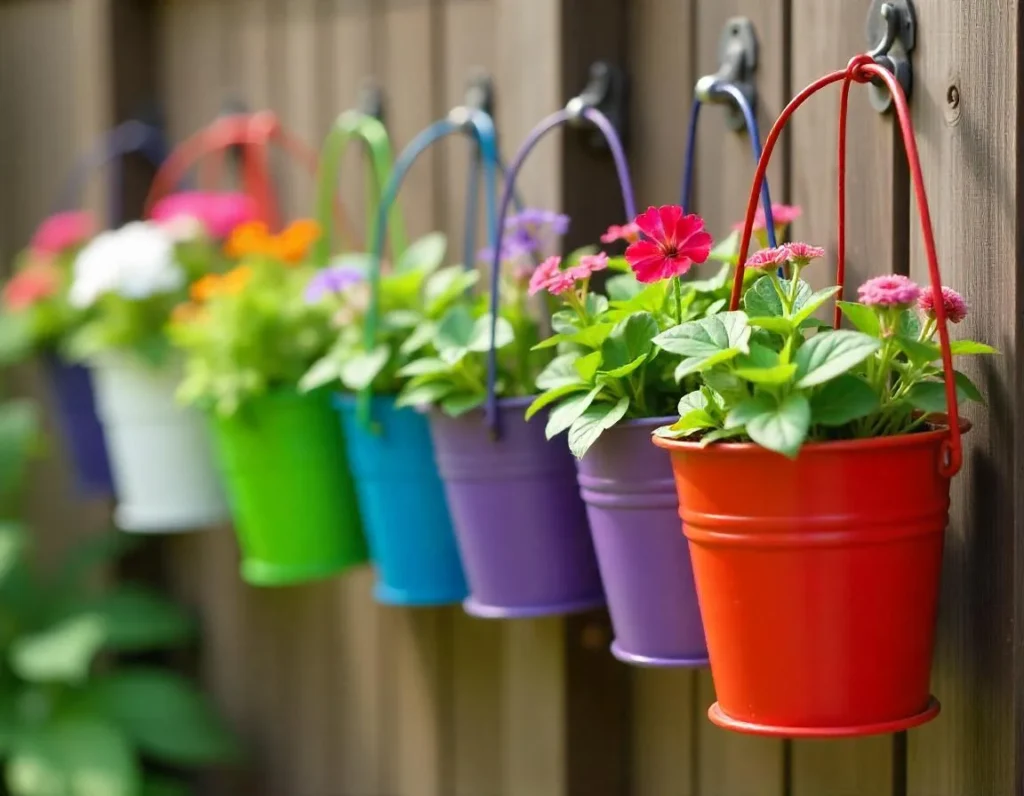
4. How to Choose Plants for Indoor Plant Hangers
Not all indoor plants are suited for hanging. Here are some top picks:
4.1 Pothos (Epipremnum aureum)
Pothos is a low-maintenance plant with attractive trailing vines, perfect for beginners. It thrives in low light and is highly adaptable.
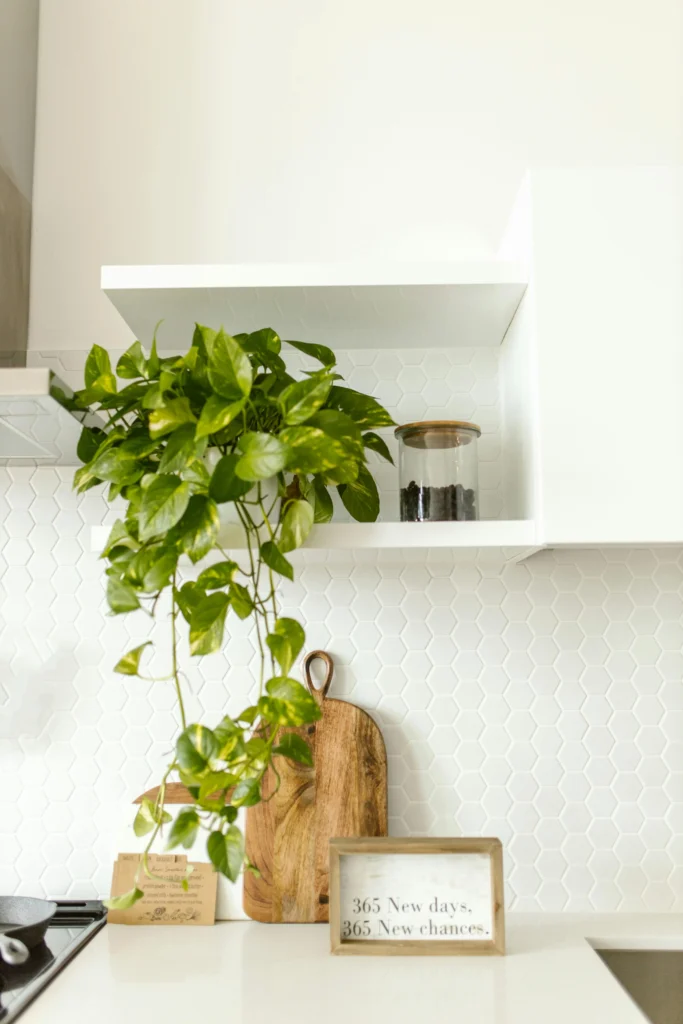
4.2 Spider Plant (Chlorophytum comosum)
With long, arching leaves, the spider plant adds a dynamic visual element. It’s easy to care for and produces “babies” that can be propagated into new plants.
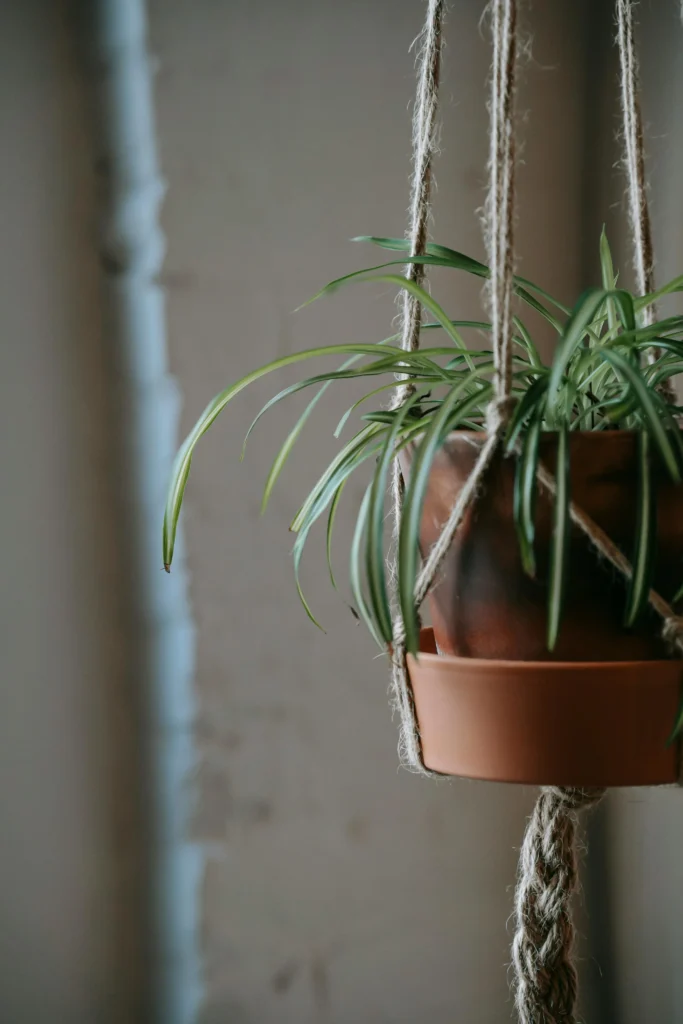
4.3 String of Pearls (Senecio rowleyanus)
This succulent features cascading strands of bead-like leaves, perfect for adding drama to a hanging display. It thrives in bright, indirect light.
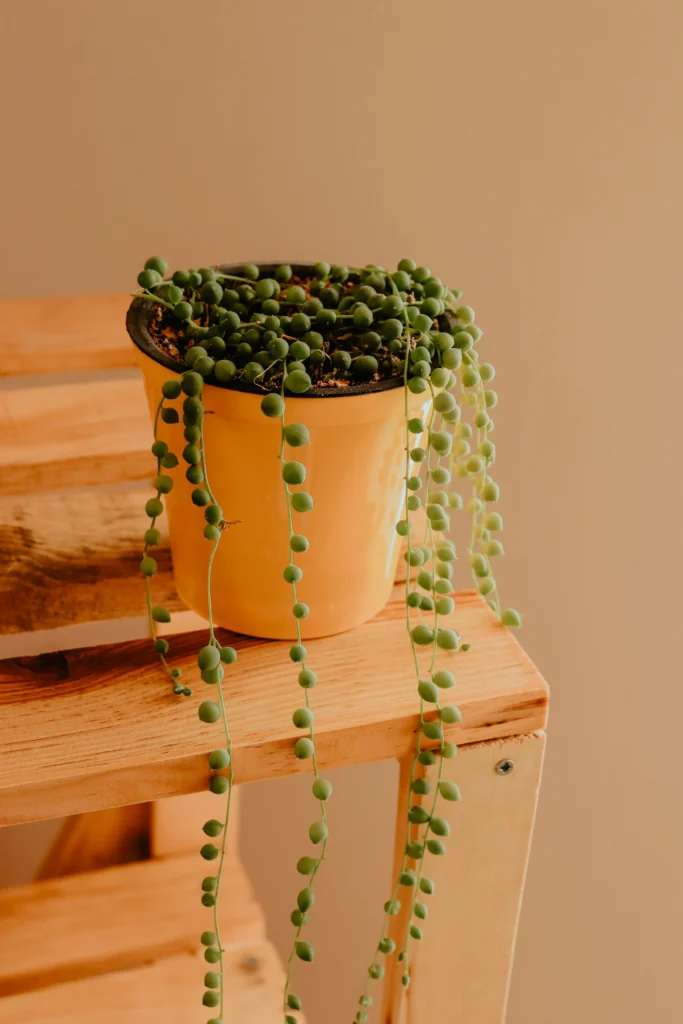
4.4 Philodendron (Philodendron hederaceum)
Fast-growing and lush, philodendrons are ideal for hanging planters, adding a jungle-like atmosphere to your space.
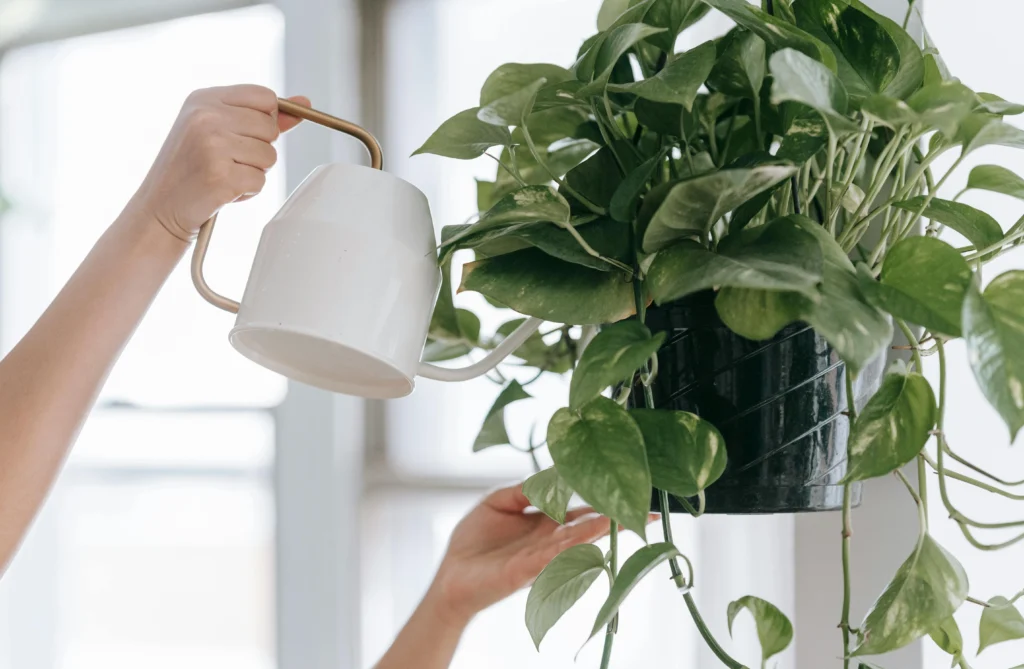
5. How to Safely Hang Indoor Plants
Here are some tips to safely hang your plants:
5.1 Choose the Right Hardware
Use heavy-duty hooks or brackets to support the weight of your plants.
5.2 Check for Weight Limits
Ensure the hanger is sturdy enough for the plant’s weight, especially for heavier varieties.
5.3 Use a Stud Finder
For wall-mounted hangers, use a stud finder to secure them to wooden beams behind the drywall.
5.4 Consider Lighting Conditions
Always hang plants in areas where they can get adequate sunlight or use grow lights if natural light is insufficient.
6. Caring for Indoor Plants in Hangers
Once your plants are hung, they require a bit of extra care:
6.1 Watering
Ensure thorough watering, allowing excess water to drain. Use a saucer or a self-watering hanger to avoid spills.
6.2 Pruning
Prune regularly to encourage fuller growth and remove dead leaves.
6.3 Fertilizing
Hanging plants may need more frequent fertilizing, especially during the growing season.
6.4 Rotating
Rotate plants every few weeks for even light exposure.
7. Indoor Plant Hangers for Every Room
Indoor plant hangers can enhance any room in your home:
7.1 Living Room
Showcase large plants like philodendrons or create a statement with macramé hangers and cascading ferns.
7.2 Kitchen
Hang small herb pots near windows for easy access while cooking.
7.3 Bedroom
Add calming greenery, such as spider plants or ivy, to create a peaceful oasis.
7.4 Bathroom
Bathrooms are ideal for humidity-loving plants like ferns or orchids, especially near the shower.
Conclusion
Indoor plant hangers offer a practical way to maximize space, improve plant health, and enhance your home’s beauty. Whether you’re a seasoned plant parent or just starting, there’s a plant hanger and plant combination perfect for you. From macramé to metal, wall-mounted to ceiling-hung, the possibilities are endless. With this guide, you’ll have a thriving indoor garden and a space that reflects your personal style

